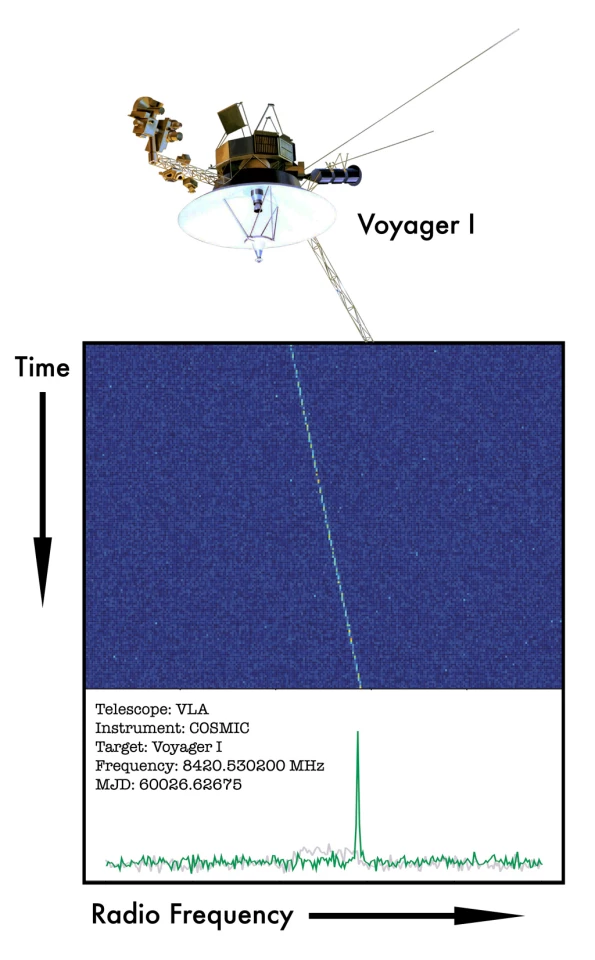The search for extraterrestrial civilizations has gotten a major boost as SETI joins forces with the National Science Foundation’s Karl G. Jansky Very Large Array (VLA) near Socorro, New Mexico.
It combines the giant radio telescope with a new processing system to increase the search's effectiveness by a factor of 1,000.
The Search for Extraterrestrial Intelligence (SETI) is one of those scientific enterprises that is either a tremendous waste of time and money or could result in one of the greatest events in human history. The problem is that the search is being conducted with very little information to go on, to the point where the estimates of how many civilizations there are in our galaxy range from 50 million to only one – Earth.
To make up for this, the SETI Institute instead focuses on figuring out how aliens might be trying to establish contact, spending more time on increasingly sensitive instruments and developing strategies for finding intelligent signals hidden in the cosmic noise.
The latest step is to partner with the VLA, which is an array of 28 25-m (82-ft) radio antennae weighing 230 tonnes a piece, running on three railway tracks, each stretching up to 13 miles (21 km) across the desert floor. In operation since 1980, the VLA is now conducting a project known as the Very Large Array Sky Survey (VLASS) that monitors radio emissions from 80% of the sky.

To take advantage of this monitoring, SETI and the National Radio Astronomy Observatory and the Breakthrough Listen Initiative have installed a new system called the Commensal Open-Source Multimode Interferometer Cluster (COSMIC), which taps into the data feed collected by the VLA.
COSMIC analyzes the stream in very narrow radio channels and looks for the techno-signatures that an alien radio signal might exhibit. In this case, signals transmitted in very narrow bands about one hertz wide. It also looks for pulses and transient signals as it scans a target of about 10 million stars. The result is a search that's 1,000 times more comprehensive than previous ones.
To test the system, it was aimed at the Voyager 1 deep-space probe, which is about 15 billion miles (24 billion km). Not only could COSMIC test individual antennae in the array and detect the spacecraft, but it mapped Voyager's radio carrier and sidebands.
"COSMIC operates commensally, which means it works in the background using a copy of the data astronomers are taking for other scientific purposes," said Paul Demorest, Scientist and Group Lead for VLA/VLBA Science Support at the National Radio Astronomy Observatory. "This is an ideal and very efficient way to get large amounts of telescope time to search for rare signals."
Source: SETI






